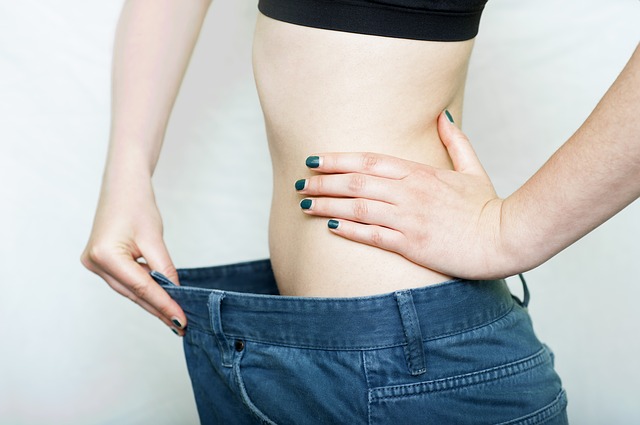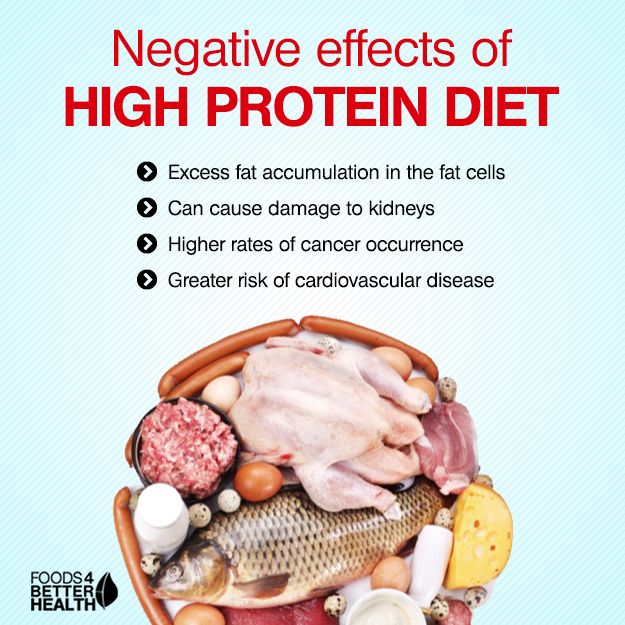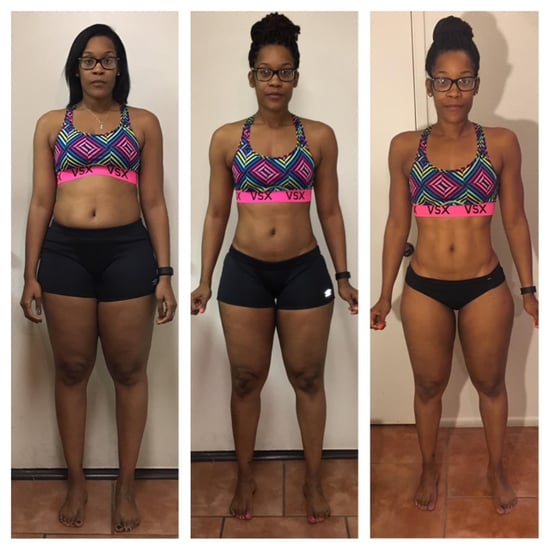
You may be wondering which is better: Walking or running? These two activities differ in how many calories they burn. Although walking has a lower impact than running, it is still more beneficial to your joints and heart. Running and walking both have the added benefit of increasing your endurance. Running has a greater ability to reduce appetite than walking. Below are some of the major benefits of walking.
Walking burns less calories per minute while running burns more
Running can burn more calories than running. Running burns more calories in a minute than walking. This is because running requires more energy, and it involves more muscle recruitment. Also, running at higher intensities requires more energy. If you do this exercise regularly, your heart rate will drop and you'll be able to adjust to the increased stress. You'll be able to burn more calories by walking a shorter distance.
Running can be an even better option for losing weight than hiking. Running can burn 11 times the calories of walking for every mile. Running is the best exercise to lose weight. Walking, however, burns one-third of the calories. Running will not only make your legs more flexible, but it will also reduce the amount of calories you consume.

Walking is a low impact exercise
While many people associate more intense workouts with higher risks of injury, walking is one of the best forms of low-impact aerobic exercise. Walking is easy to do anywhere and requires no special equipment. Walking can be done by anyone, regardless of fitness level. It is also a great way to lose weight. Walking can reduce stress, increase energy, and improve your mood. Walking is a low-impact exercise option that is great for those who are starting to exercise.
Walking is one of the best low impact exercises. It has many benefits to joints and muscles. You can increase the speed or climb hills to make walking more intense. Strength training, by contrast, does not cause major strain to the joints. But it can be tough on your muscles, especially if it's done with a heavy body and short rest periods. Low-impact exercises can be perfect for older adults because they reduce the risk of injury while still providing many benefits.
Running improves your endurance and fitness
The key to endurance building is gradual adaptation. To build up slowly, you must do the workout consistently and increase your distance gradually. The same principle applies to beginners as it does for experienced marathoners. It's better to gradually increase your running distance than to run faster than you can sustain. This will increase your endurance, while keeping a safe pace. Add a mile each week to your weekend long runs and increase your running speed.
It is important to warm up properly in order to increase your endurance. Warming up can increase body temperature and blood circulation to the muscles. It will also reduce your risk of injury. Running requires good posture. It helps to keep your muscles flexible and prevents injury. Your endurance and energy levels will be increased if you have a good breathing technique. When you incorporate proper breathing into your running routine, your mental and physical well-being will improve dramatically.

Walking is an excellent way to manage your hunger
Did you know walking can reduce appetite? It might surprise you to learn that walking can help with weight loss. Walking boosts the hormone dopamine. This hormone provides a higher sense of pleasure, satisfaction, and joy. This hormone helps regulate the body's appetite and satiation signals. Walking can also be helpful for people with food cravings. Walking is an excellent way of controlling your appetite while running.
Running can temporarily raise your cortisol levels, but walking will reduce it over time. Walking for twenty minutes can improve mood and lower cortisol levels. Elevated levels of cortisol stimulate fat and carbohydrate metabolism and increase appetite. This increases the risk of eating unhealthy foods and overeating. Walking can also help improve your posture.
FAQ
How often do people fast regularly?
Most people who follow a ketogenic diet fast once per week. But, some people fast twice per week. Others fast three or more times per week.
Each fast has a different length. Some people fast 24 hours, while others fast 48 hours.
Some people even go longer than 72 hours. However, these extreme cases are rare.
How long should I fast intermittently to lose weight
The answer may not be as straightforward as you think. When determining the number of days you should fast for optimal fat reduction, there are many factors to consider. These are:
-
Your age. Intermittent fasting can be difficult for young people (under 40). This is because they have less time to recover after each fast. However, intermittent fasting may be too difficult for older people (over 60) who might not have the energy to continue a long period of daily fasting.
-
Your current body composition. You'll be most successful if you have lots of muscle mass. If you don't have a lot of muscle mass, shorter fasting periods may be more suitable.
-
How active you are. You may need to increase your fasting time if you exercise often. This will ensure you get enough rest between workouts.
-
Your past health history. People with heart disease, diabetes, and cancer may require extra fasting monitoring.
-
What is your tolerance for stress? Stressful situations often cause us to eat more. You may need to extend your fasting times in order to avoid this problem.
-
Which type of diet you choose. Certain diets, like ketogenic diets, may require even longer fasting periods.
-
Your quality of sleep. The quality of your sleep is also a factor in increased appetite and decreased metabolism. It may take some trial and error before you find the right combination.
-
The amount of protein you consume. A higher intake of protein may result in lower blood sugar levels. This will allow you to fast longer.
-
Individuals who are trying lose or gain weight will require longer fasting times than those who are trying.
-
How many calories do you consume in your fasting windows? You may lose more weight if you eat fewer calories each day than if you eat more.
-
Your fitness level. A person who is very fit will burn more calories every day because they are faster.
-
Your gender. Women tend to have a greater appetite than men, so they might need to fast for longer periods. Women are more likely to have smaller appetites and may need to fast only 20-30 minutes every day.
-
Your lifestyle. Are you someone who gets plenty of physical activity? Are you able to exercise several times per week? Does your job involve sitting at a desk all day long? These things could impact the speed at which you should go.
-
How much money are you willing to spend on food? Not all healthy food means you need to spend a lot more on groceries. Whole grains can be replaced by white bread, fruits can replace candy bars, and lean cuts of meat can be used to save money.
-
How important it is for you to control your hunger. Fasting may not be necessary if you don't want skip meals.
Is cardio a way to quickly lose weight?
Cardio exercises are great for burning calories and helping you lose weight. It all depends upon how much fat you have stored, and what type or exercise you do.
Cardio exercises may not work if you are obese.
It is important to combine them with exercise and diet.
Cardio exercises, such as running or jogging, can help you lose weight quickly. These exercises burn more calories than any other form of exercise.
You should train resistance to gain muscles, not fat. Resistance training requires the use of free weights and machines as well as elastic bands.
To lose weight fast, you need to combine cardio exercises with resistance training.
You need to combine cardio and resistance training in order to lose weight quickly.
Statistics
- Among women, the increase in metabolic rate was nearly 4%, or 50 more calories per day (14Trusted Source (healthline.com)
- One study in 9 active men found that HIIT burned 25–30% more calories per minute than other types of exercises, including weight training, cycling, and running on a treadmill (18Trusted Source (healthline.com)
- According to Harvard Health, it's estimated that a 155-pound (70-kg) person burns around 167 calories per 30 minutes of walking at a moderate pace of 4 mph (6.4 km/h) (5). (healthline.com)
- According to a study sponsored by the American Council on Exercise, a person weighing around 140 pounds (64 kg) would burn 108 calories at a 30-minute beginner's Pilates class or 168 calories at an advanced class of the same duration (26). (healthline.com)
External Links
How To
How to exercise to lose weight
Exercise is one of the best ways to lose weight. Many people are not aware of how to properly exercise. You should do cardio exercises, such as swimming, running, walking, swimming, etc., as well as strength training exercises, such as pulling up, pushingups, pull-ups and lunges. Combine these two types together to lose weight. If you want to start exercising, then try to find some friends who are willing to join you in your journey. You can either go to the gym or walk around your local area. Whatever type of activity you choose, make sure that you stick with it consistently. It's very easy to get off track when you first start working out, so don't give up if things aren't going well right away. Keep going.